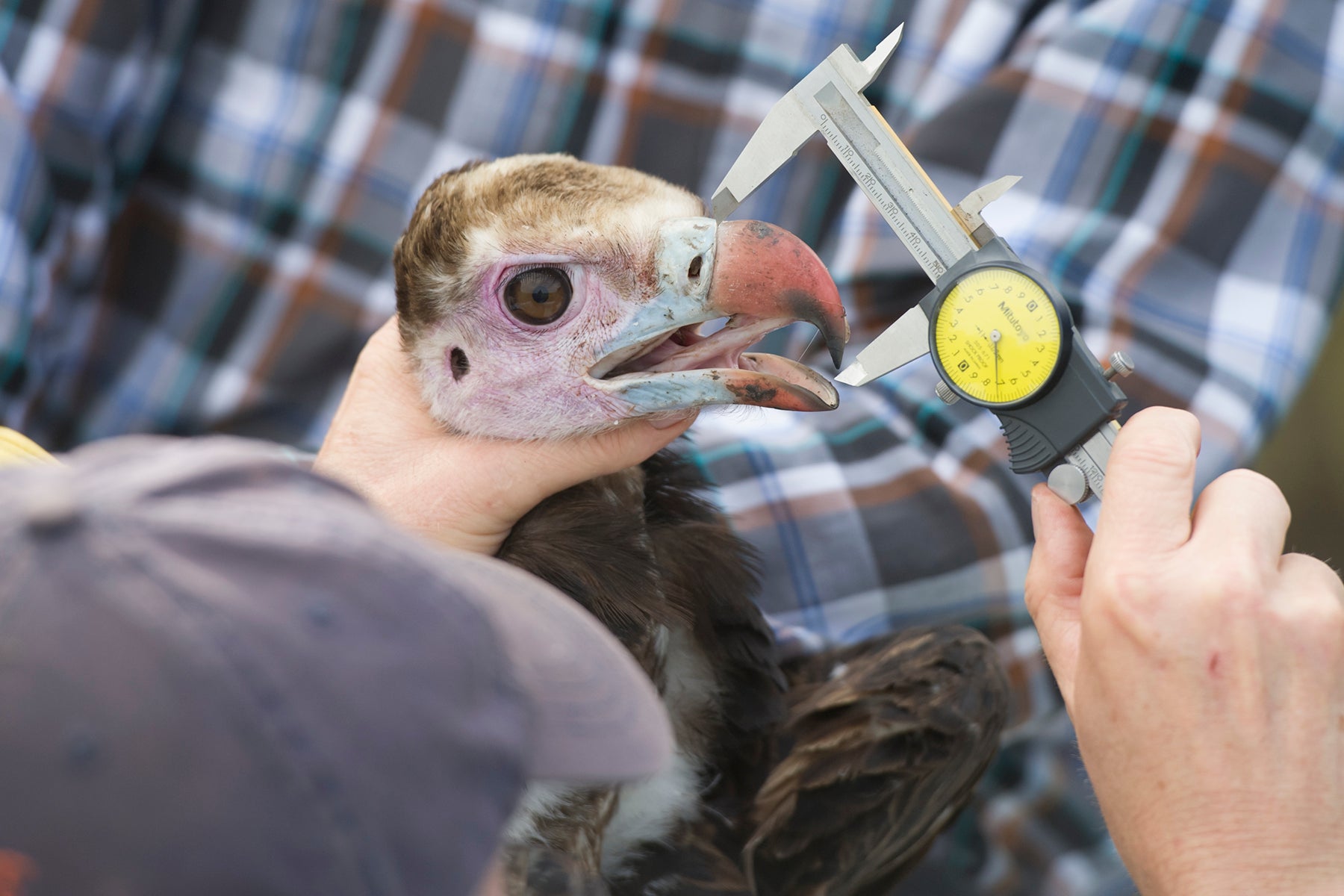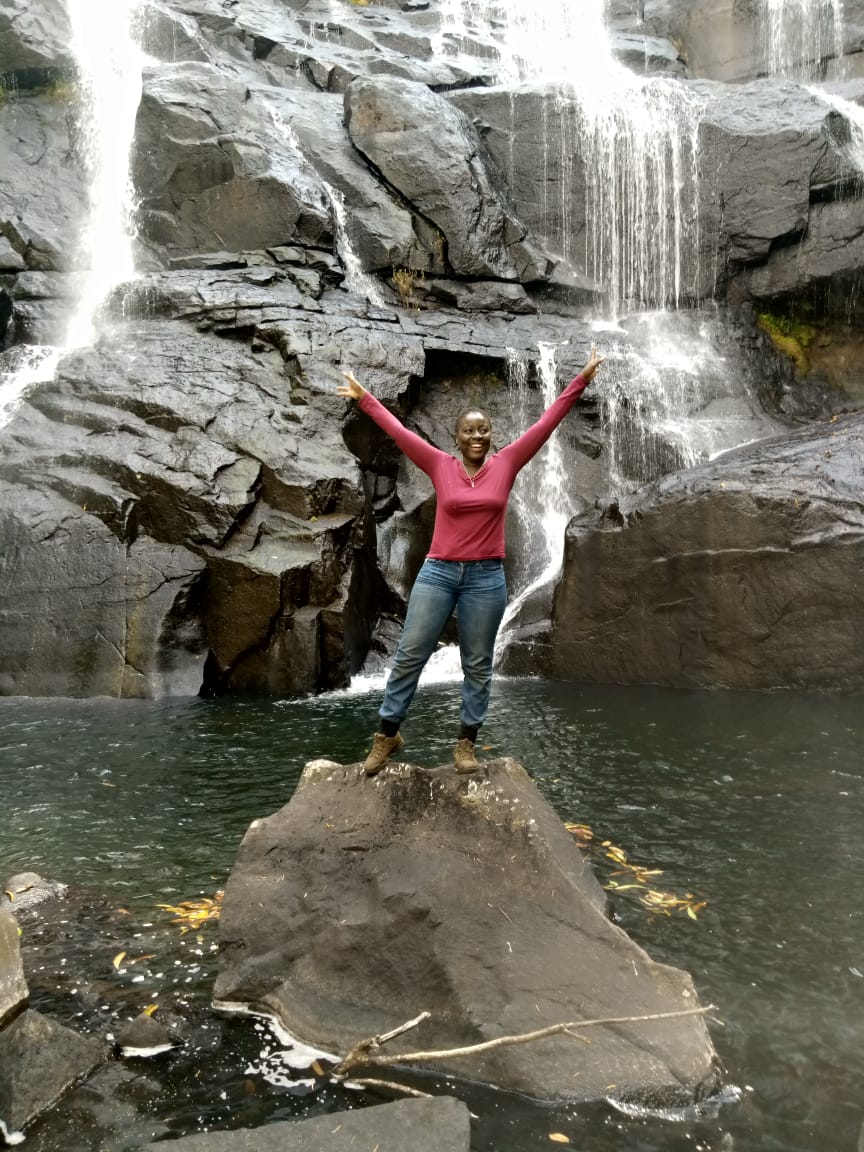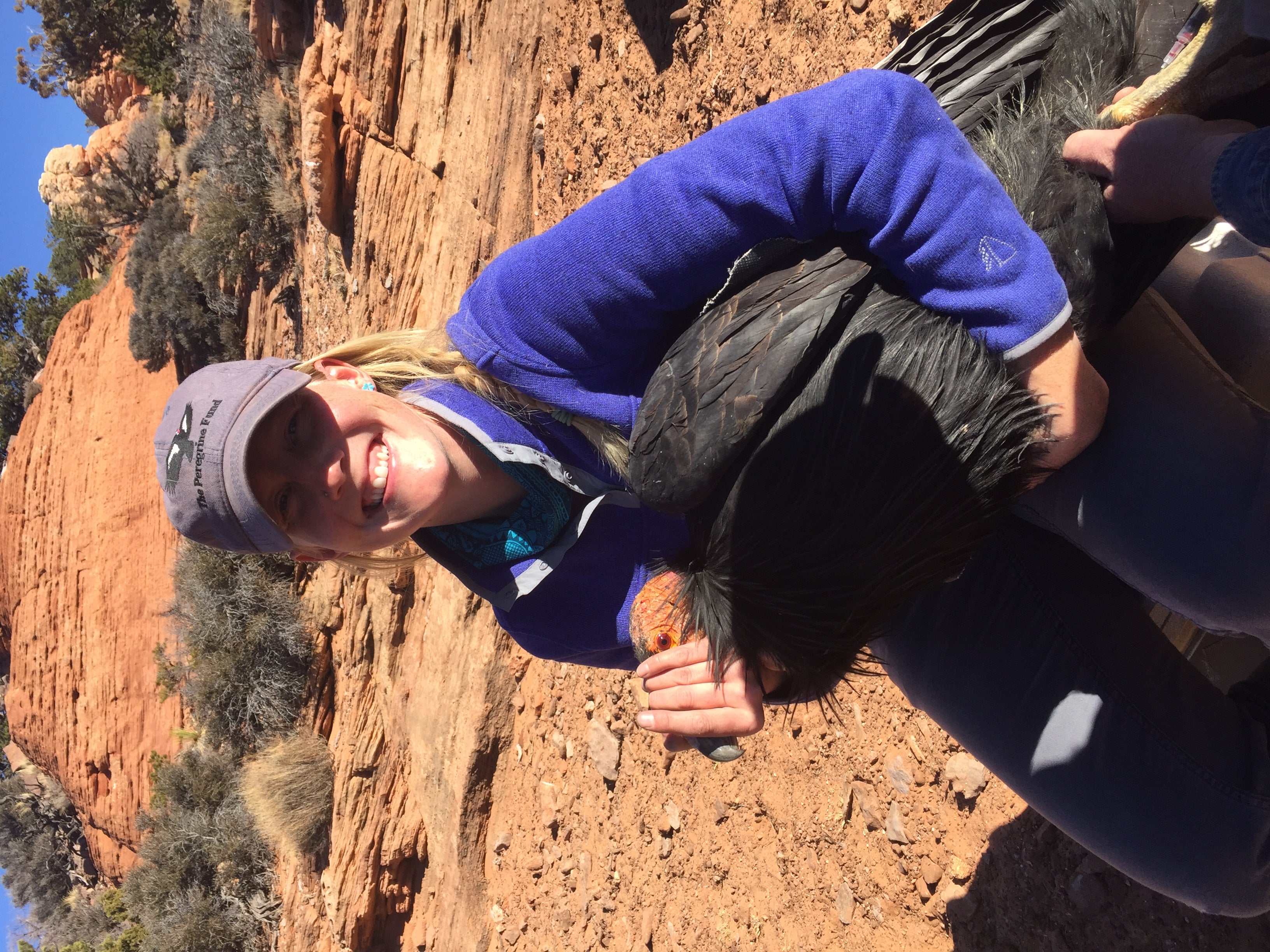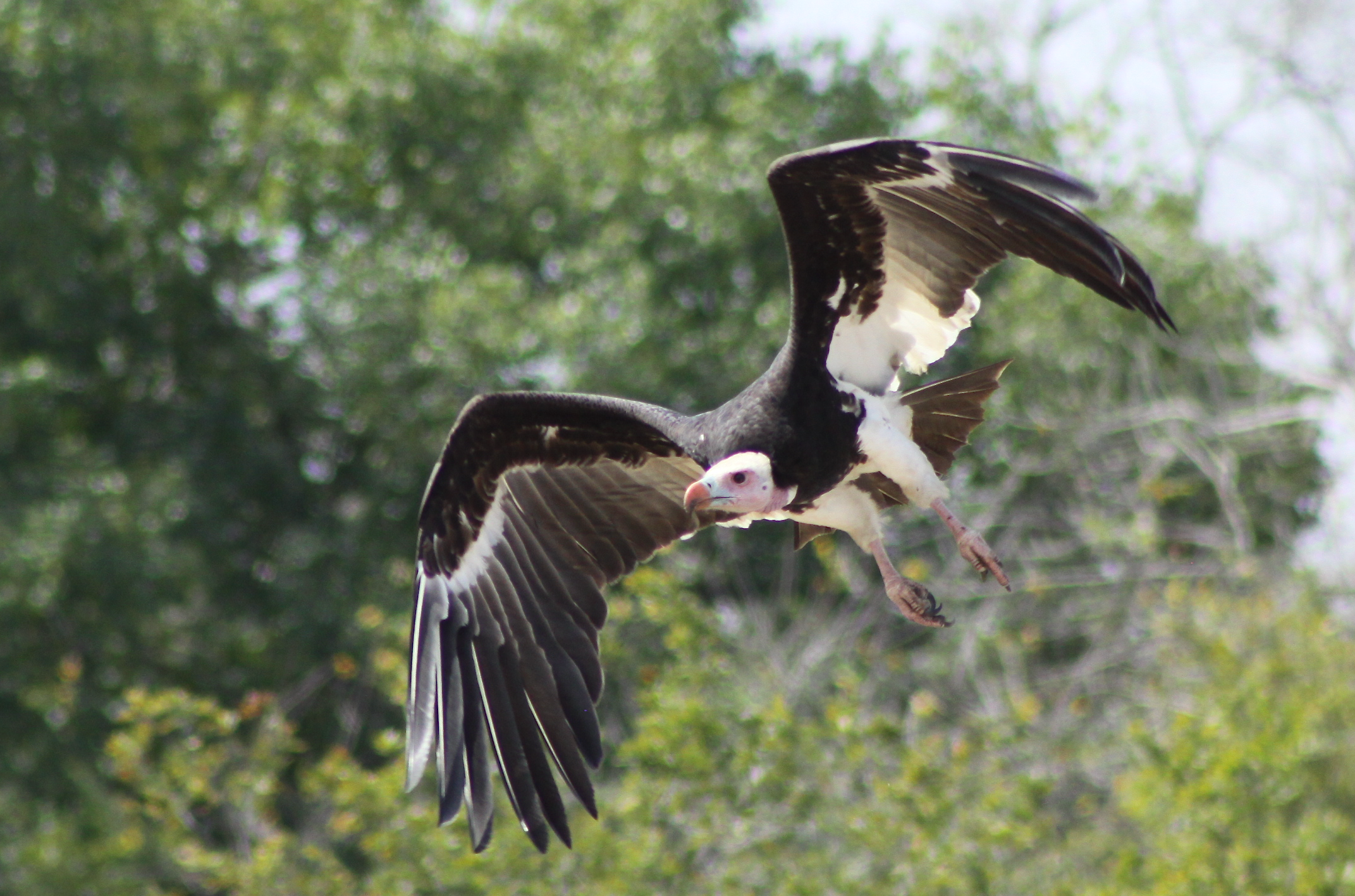After our graduate student, Teague Scott, finished his thesis on the vultures of Gorongosa Park it was clear we had just scratched the surface of understanding these charismatic and important birds. We’re excited to welcome two new graduate students who will be teaming up to focus on the vultures of Gorongosa National Park.

Domingas Matlombe, who hails from Maputo, Mozambique is a graduate student in Gorongosa’s innovative Masters in Conservation Biology program (the first and only in the country!). This degree program is a consortium comprised of Gorongosa National Park and three Mozambican institutions, the Universidade Lúrio, Universidade Zambeze, and the Instituto Superior Politécnico de Manica in partnership with the Universidade de Lisboa. Her team of advisors includes scientists from the park’s E O Wilson Laboratory, IBO Research Director Jay Carlisle, and a social scientist from Mexico! Domingas will be using camera traps to look at vulture interactions at carcasses, and she will be diving into the human aspects of vulture conservation, working to understand how vultures are perceived in urban and rural communities around the park.
Here in the states, Rebecca Bishop joins the team as a Masters student in the Raptor Biology Program at Boise State and is advised by a team including our Research Director Jay Carlisle, Executive Director Greg Kaltenecker, Boise State faculty, and an ecologist from Eswatini.
We asked Rebecca and Domingas to tell us a bit more about their projects. Here’s what Domingas says:
My interest in vultures is recent and started influenced by my master’s teacher in Conservation Biology – Tara Massad. As usual, my teacher provided a reading paper, which talked about the decline of vultures in Africa caused by poisoning (touching superficially on aspects related to belief, culture, and traditional medicine). It was a new subject for me, and as a biologist this situation caught my attention so that I could do something. In the final task of the class module I decided to talk about a species of vulture threatened with extinction on the IUCN Red List, the White-backed Vulture (Gyps africanus). In the next class module by chance I worked with another threatened vulture species, the White-headed Vulture (Trigonoceps occipitalis). Little did I know that I was starting a new passion, as before I always liked the social area and environmental restoration.

I confess that when I entered the master’s degree I still had no clear ideas about my thesis. I heard about Gorongosa’s projects, but none interested me.
When I heard about projects with vultures, I immediately knew that was exactly what I wanted to work on.
Domingas Matlombe
For my happiness I could still combine with the social area that I also like. I am very happy and excited about the research because it is a species that along with being little-known and understood in Africa and Mozambique, there are many taboos around it that make them even more vulnerable. It is wonderful for me to work with this species, so that I can understand their ecology. I hope to have results that help me decide on effective strategies to conserve them and I am fortunate to be supervised by vulture specialists.
I am sure that this is just the beginning of my work with vultures.
And here’s what Rebecca says about joining the team:

I am originally from Colorado Springs, Colorado and I have been enamored with birds of prey since childhood. After working with raptors in the rehabilitation, aviculture, and field settings, I felt inexplicably drawn to vulture ecology and conservation, specifically in Africa.
Vultures—those bald beauties that are nature’s most efficient clean-up crew—quite literally, make my heart go pitter-patter.
Rebecca Bishop
Vultures are the only group of vertebrates on the planet that survive by eating carrion (dead things), and they provide vital waste removal services for ecosystems across the globe. Unfortunately, the majority of vulture species are declining and the scientific community is growing increasingly concerned about the far-reaching implications of vulture disappearance. African populations have been especially hard-hit, and 7 of the 11 vulture species found on the vast continent are now facing extinction, and we need to work quickly to fill knowledge gaps in order to halt decline.
For my project, I will continue research focused on the critically endangered White-headed Vulture, arguably one of the most understudied vulture species.
Rebecca Bishop

Gorongosa National Park is home to a population of White-headed Vultures, and while we know the birds remain largely within the boundaries of the Park, we don’t know how individual birds are using the resources within that space. For example, do they use grasslands, palm savanna, or woodlands, and are there patterns by time of day or season? Do they use landscapes near human development, or do they remain in areas of low human density? Additionally, while the species is suspected to be nesting successfully in the Park, we need a better understanding of exactly how many breeding pairs exist, and if these breeding birds choose nest sites with common characteristics. Ultimately, by identifying patterns in key habitat use and basic nesting requirements, we can then use this information to rapidly predict where other healthy populations may exist on the continent and inform management of known locations.
I am beyond excited to join the team at IBO, to have the opportunity to research one of Africa’s rarest species, and to bring continued visibility to vultures.